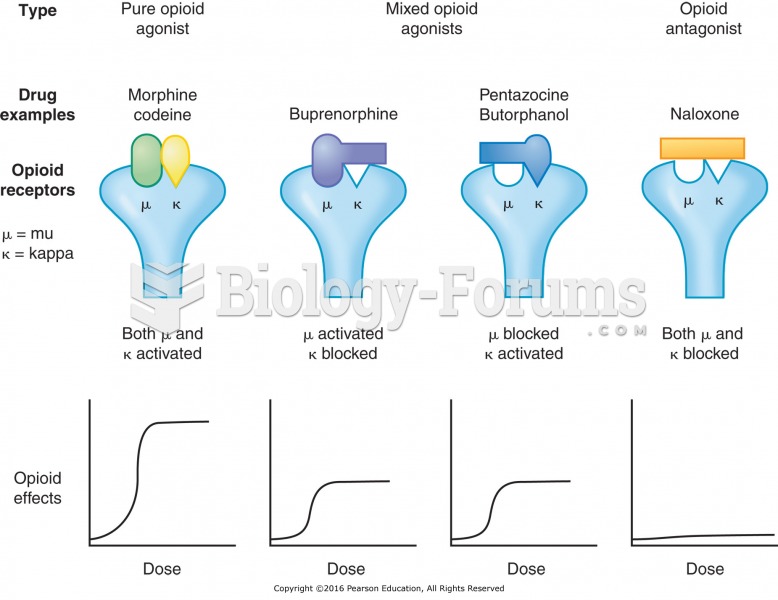Answer to Question 1
Many different types of constraints put limits on individual choices, and differences in the constraints different people face may lead them to different choices. Some important constraints include the following:
a) Physical constraints: There is a limit to the useful energy that one can get by burning a barrel of oil or the work you can perform on 1,500 calories a day.
b)Time constraints: The day has only 24 hours, life has a finite length, and we cannot make time flow in reverse.
c) Financial constraints: People's incomes are limited, their abilities to borrow differ, and liquidity can constrain themfor instance, assets like houses cannot be quickly sold for predictable prices.
d) Contractual constraints: If you have contracted to sell me something at a fixed price, our agreement may not allow you to cut me off just because you have received an offer from someone willing to pay you more than the contract price.
e) Organizational constraints: Owners, workers, and managers have different rights and responsibilities in different forms of businesses like corporations and professional groups.
f) Informational constraints: Some information is intrinsically unknowable with certainty, and we must balance the benefits and costs of lowering our uncertainty.
g) Psychological constraints: Your ability to process valuable information is limited, and emotional attachments, like those to your family or church, may limit your choices.
h) Societal and ethical constraints: The law forbids embezzling funds from your employer or failing to pay income tax. You are expected to wear clothes in public and have table manners at home.
Answer to Question 2
c







